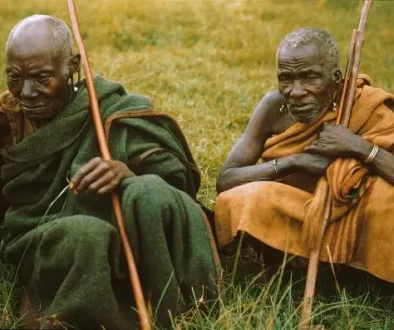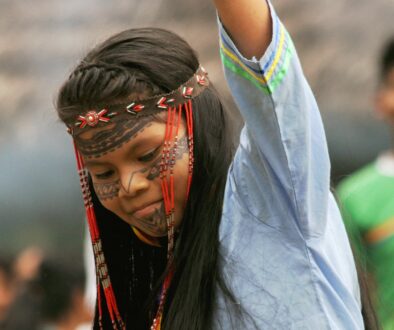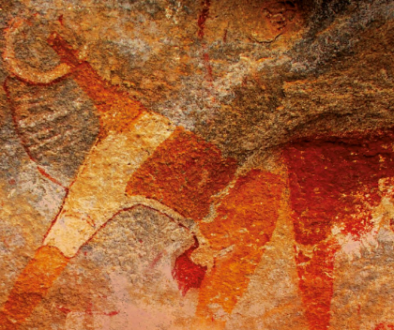“Umu-Kaja Yepa” – Discusiones sociales sobre las áreas comunitarias para la conservación
Asatrizy & Juan-Carlos Riascos Peña2008
The indigenous territory of the Yapú Zone “Umu – Kaya Yepa” occupies ca. 150,000 hectares of rain forest belonging to the Amazon region of Colombia. It has been managed for millennia by the Kumuã with the laws and traditional knowledge inherited from the ethnic origin of the different cultures that inhabit it. The constitutional and legal progress of the country has facilitated its recognition since 1982 as collective territorial property and has guaranteed free access of communities to their resources with subsistence purposes.
It is not part of any official protected area system; However, the effectiveness history of its management until the present, the strong indigenous government structure of the territory, and the intimate interdependent relationship between communities and ecosystems, confirm their affinity with the concept and practice of the so-called “Indigenous and Community Areas for Conservation” adopted by the IUCN. This work suggests evaluating the opportunity of the Convention for the Safeguarding the Intangible Cultural Heritage of UNESCO, as one of the options to continue channeling the formal dialogue between concepts of conservation and concepts of culture, both in two complementary directions of access to rights of traditional peoples in contexts of transformation, and institutional solution to their expectations.
Reference
Asatrizy & Juan-Carlos Riascos Peña (2008) “Umu-Kaja Yepa” – Informe del Proyecto discusiones sociales sobre las áreas comunitarias para la conservación. ASATRIZY. Colombia. 41 páginas.




